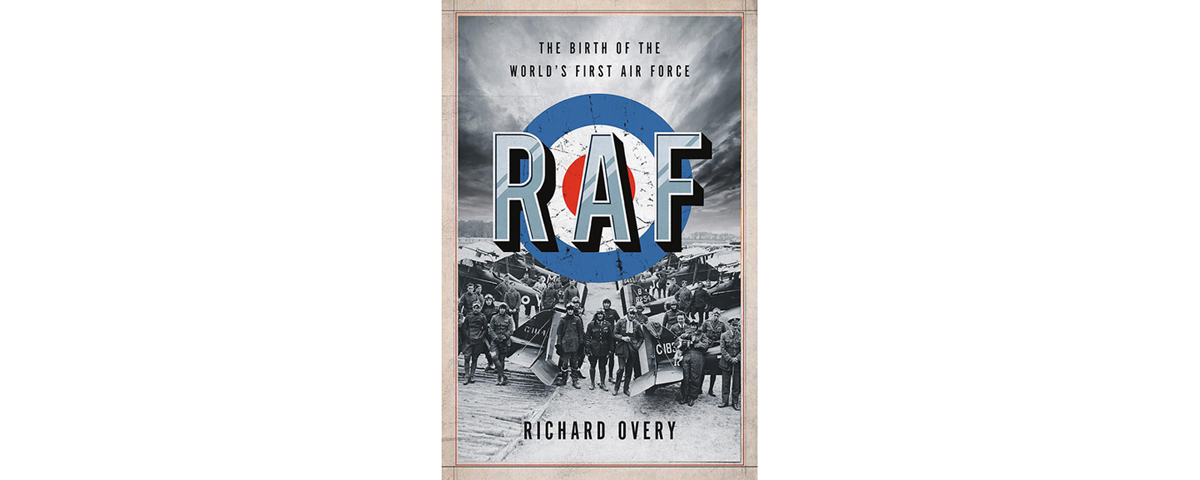RAF: The Birth of the World’s First Air Force, by Richard Overy, W.W. Norton & Co., New York, 2018, $22.95
At its birth on April 1, 1918, Britain’s Royal Air Force was the world’s largest air arm and its only autonomous one. None of the fireworks preceding its founding occurred over the battlefield, but seasoned military historian Richard Overy (author of Why the Allies Won) delivers a lively account of the largely administrative machinations in a painless 114 pages of text.
Earlier in World War I, under the guidance of pugnacious Maj. Gen. Hugh Trenchard, the army’s Royal Flying Corps had mushroomed from a small reconnaissance operation to a sprawling, 150-squadron force devoted to tactical support of ground troops. Trenchard admired British Expeditionary Force commander Field Marshal Sir Douglas Haig, shared his belief in relentless offensive action, never advocated an independent air arm and opposed the proposal when first floated—not by any military figure but by political leaders in London.
Since 1915, with its usual tin ear for world opinion, Germany had been sending Zeppelins and then bombers over Britain. Operating at high altitudes with primitive navigation, they mostly missed military targets, killed 1,400 civilians, engendered widespread rage and focused attention on Britain’s universally admired air services (plural).
Responding to the outcry, Prime Minister David Lloyd George appointed a committee whose 1917 report concluded Britain required a united air service. Despite opposition from naval and army air commanders (appointed chief of air staff, Trenchard feuded bitterly with the air minister, and both ended up resigning), not to mention quarrels over policy, supplies, ceremonies, ranks, uniforms and a host of other ephemera, unification proceeded.
Overy agrees the RAF performed admirably during the final German offensives but doesn’t credit the union of the air services. However, its consolidation definitely preserved the RAF through the draconian cutbacks that followed victory. Over the short term, its leadership pointed out, aircraft could battle insurgencies more cheaply than army units. That turned out to be true, and Overy describes several colonial operations readers will find unnervingly familiar. Its successes prompted British military and civilian leaders alike to envision air power’s role in future wars. Having read H.G. Wells, they mostly agreed that fleets of aircraft raining bombs would destroy an enemy’s infrastructure and demoralize its population. How prophetic that turned out to be.
Overy’s closing chapter follows the RAF into the 1930s, its leadership obsessed with strategic bombing but unable to ignore a government that, harboring painful memories of World War I, insisted the service pay heed to home defense. As a result, Britain thankfully entered World War II with up-to-date fighter defenses. Readers can read about the outcome in Overy’s much longer but no less riveting sequel The Bombers and the Bombed (choose the British edition, as the U.S. edition is heavily abridged).
—Michael Oppenheim





